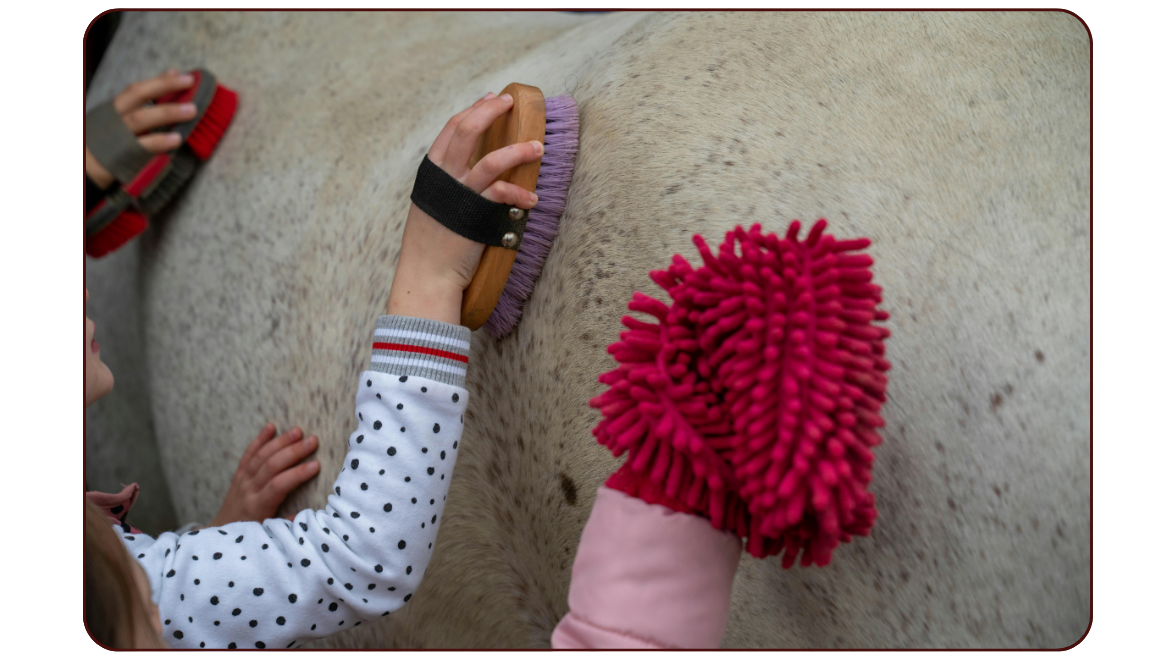Setting Up for Fall Livestock Reproduction
As September brings warm days and cooler nights, it’s the ideal time for farmers to prepare livestock for fall breeding, ensuring healthy offspring for the next season. By focusing on nutrition, health checks, and careful planning, you can set your cattle, pigs, lambs, and goats up for successful reproduction. Here’s how to ready your herd with tips and products from Tom’s Hay Farm to support your efforts.
For cattle, fall breeding paves the way for spring calves, a vital cycle for dairy and ranch operations. Ensure cows and heifers maintain a body condition score (BCS) of 5-6 on a 9-point scale for optimal conception, using high-quality feed like Bermuda hay, with low non-structural carbohydrates (10-12%) to provide energy without excess weight. Schedule a veterinarian check for vaccinations, such as against bovine viral diarrhea, to confirm reproductive health, especially for first-time breeders. Monitor signs of heat, like restlessness, to time breeding accurately.
Pigs need thorough preparation for fall farrowing, as sows require robust nutrition to support large litters. Aim for a BCS of 3-3.5 on a 5-point scale, supplementing with Bermuda hay to aid digestion and prevent constipation. Provide clean water (10-15 gallons daily) and add Electro Dex Electrolytes (1-2 ounces daily, consult your vet) to maintain hydration in September’s lingering heat. Check for parasites and vaccinate against erysipelas to boost fertility, ensuring sows are ready for successful breeding.
For Sheep September is key for preparing ewes for fall lambing. Maintain a BCS of 3-3.5 on a 5-point scale with nutrient-rich Bermuda hay to promote ovulation. Flush ewes with extra feed 2-3 weeks before breeding to increase lambing rates, and ensure vaccinations for clostridial diseases are current. Place water troughs in shaded areas (5-10 gallons daily per ewe) to keep them comfortable during warm days.
Goats thrive in fall breeding for spring kidding, requiring a BCS of 3-3.5 supported by Bermuda hay for steady nutrition and Electro Dex Electrolytes for hydration. Schedule a vet check for diseases like caprine arthritis encephalitis (CAE) and trim hooves with a Hoof Knife to ensure mobility during breeding. Watch for signs of heat, such as tail wagging, every 18-21 days to time mating. Keeping detailed records of breeding cycles helps ensure success.
September’s breeding prep is the foundation for a thriving next generation of livestock. By prioritizing nutrition, health, and observation, you can ensure your cattle, pigs, lambs, and goats are set for productive breeding.



